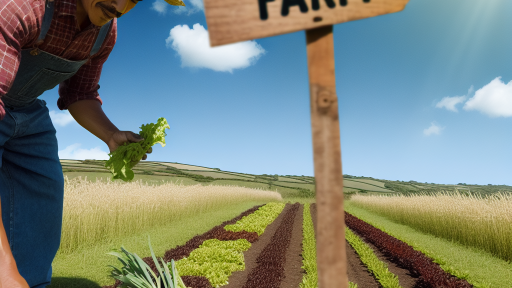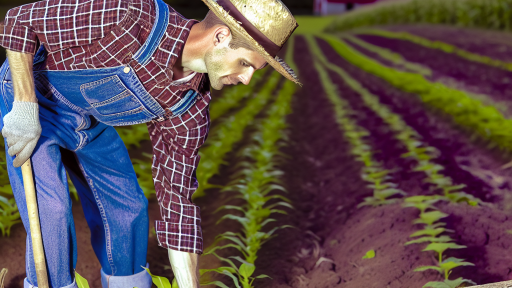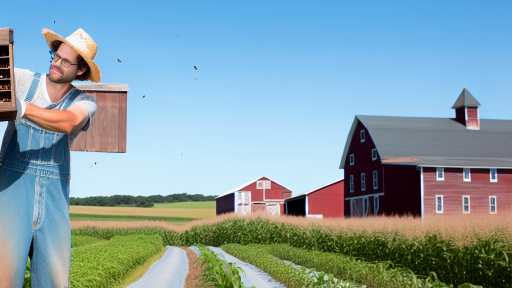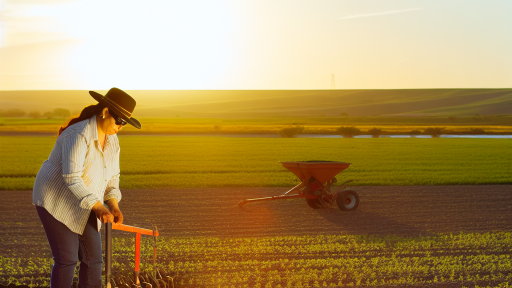Introduction to Cover Crops
Cover crops are plants grown to protect and enrich the soil.
They play a vital role in sustainable agriculture.
Farmers use cover crops to improve soil health and prevent erosion.
Additionally, these crops help manage weeds and pests effectively.
Furthermore, cover crops can enhance water retention in the soil.
Their benefits extend to increasing biodiversity on farms.
Definition of Cover Crops
Cover crops are non-commercial crops planted during off-seasons.
They cover the soil when main crops are not growing.
Typically, farmers select legumes, grains, or grasses as cover crops.
The choice depends on specific agricultural needs and local conditions.
Importance of Cover Crops
Using cover crops promotes soil fertility naturally.
They add organic matter when turned into the soil.
This process enhances nutrient availability to subsequent crops.
Moreover, cover crops can reduce the need for synthetic fertilizers.
They also support beneficial organisms in the soil ecosystem.
Transform Your Agribusiness
Unlock your farm's potential with expert advice tailored to your needs. Get actionable steps that drive real results.
Get StartedUltimately, cover crops contribute to sustainable farming practices.
Types of Cover Crops: Overview and Classification
Defining Cover Crops
Cover crops are plants grown primarily to enhance soil health.
They offer various ecological benefits in agricultural settings.
Farmers use them to prevent soil erosion and improve fertility.
Key Types of Cover Crops
Several categories of cover crops exist, each with distinct advantages.
These categories include legumes, grasses, and brassicas.
Leguminous Cover Crops
Legumes have a unique ability to fix atmospheric nitrogen.
Examples include clover, vetch, and field peas.
They contribute significantly to soil fertility.
Furthermore, they enhance microbial activity in the soil.
Grassy Cover Crops
Grassy cover crops are effective for soil stabilization.
Common varieties include rye, oats, and barley.
They improve soil structure and reduce compaction.
Additionally, they help suppress weeds and control pests.
Brassica Cover Crops
Brassica cover crops, such as radishes and mustards, offer specific benefits.
They effectively penetrate compacted soil, enhancing aeration.
Brassicas also provide biofumigation properties, suppressing soil-borne pathogens.
Mixes of Cover Crops
Many farmers opt for mixes of different cover crops.
This strategy maximizes the benefits of each type.
By combining legumes, grasses, and brassicas, farmers enhance microbial diversity.
Moreover, mixed crops improve overall soil structure and health.
Uses of Cover Crops
Farmers use cover crops for several important purposes.
They prevent erosion during fallow periods.
Cover crops also enhance water retention in the soil.
Showcase Your Farming Business
Publish your professional farming services profile on our blog for a one-time fee of $200 and reach a dedicated audience of farmers and agribusiness owners.
Publish Your ProfileAdditionally, they assist in nutrient cycling.
This promotes healthier and more productive crops in subsequent seasons.
Importance of Cover Crops for Sustainable Farming
Understanding the different types of cover crops is crucial for sustainable farming.
By selecting the right cover crops, farmers can significantly improve their land.
Ultimately, cover crops contribute to a healthier ecosystem.
Leguminous Cover Crops: Benefits and Uses
Understanding Leguminous Cover Crops
Leguminous cover crops play an essential role in sustainable agriculture.
They belong to the family Fabaceae, which includes beans and peas.
These crops excel at fixing nitrogen in the soil, enhancing fertility.
Farmers often incorporate them into crop rotations for various benefits.
Benefits of Using Leguminous Cover Crops
One significant benefit is improved soil structure and health.
They enhance soil aeration, leading to better root development.
Additionally, they can suppress weeds and prevent soil erosion.
Furthermore, the decomposition of these crops adds organic matter to the soil.
This process boosts soil microbial activity, promoting nutrient availability.
Common Types of Leguminous Cover Crops
- Crimson Clover
- Vetch
- Field Peas
- Hairy Vetch
- Common Lentils
Each type serves unique purposes tailored to various soil types and climates.
Utilizing Leguminous Cover Crops in Farming
Farmers can sow these crops during off-seasons to maintain soil health.
They can also use them to break pest cycles and diseases.
Moreover, they enhance biodiversity within the agroecosystem.
Farmers must select species based on local growing conditions.
Challenges and Considerations
Despite their benefits, some challenges exist in using leguminous cover crops.
In some regions, they may require specific climatic conditions to thrive.
Moreover, they can compete with cash crops for resources if not managed properly.
Farmers should monitor seed selection and planting density closely.
Discover More: Top Cover Crops to Prevent Soil Erosion
Grassy Cover Crops: Characteristics and Functions
Definition and Overview
Grassy cover crops are non-harvested plants grown primarily to enhance soil health.
They typically belong to the grass family, which includes various species.
Farmers use them during fallow periods or alongside cash crops.
Benefits of Grassy Cover Crops
These crops offer multiple benefits for agricultural systems.
First, they prevent soil erosion by stabilizing the topsoil.
Moreover, they improve soil structure through organic matter input.
Additionally, they enhance water infiltration and reduce runoff.
They also sequester carbon, contributing to climate change mitigation.
Types of Grassy Cover Crops
- Rye
- Barley
- Oats
- Wheat
Rye is often preferred for its growth in varying soil conditions.
Barley helps break disease cycles and adds organic matter.
Oats provide excellent ground cover, reducing weeds during establishment.
Wheat is effective for preventing soil erosion in winter.
Management Practices
Proper management of grassy cover crops is crucial for effectiveness.
First, selection depends on the specific goals of the farmer.
For example, rye thrives in colder climates and can tolerate poor soil.
Timing of planting and termination is also critical for success.
Showcase Your Farming Business
Publish your professional farming services profile on our blog for a one-time fee of $200 and reach a dedicated audience of farmers and agribusiness owners.
Publish Your ProfileFarmers typically terminate cover crops before cash crops are sown.
Challenges and Considerations
While beneficial, grassy cover crops can present challenges.
Firstly, they may compete with cash crops for nutrients and water.
Additionally, some cover crops can harbor pests and diseases.
Therefore, careful planning is necessary to mitigate these issues.
Farmers should consider local climate and soil conditions before implementation.
Gain More Insights: Benefits of Organic Farming for Sustainable Agriculture
Brassica Cover Crops: Role in Soil Health
Introduction to Brassica Cover Crops
Brassica cover crops include various species like mustard and radish.
Farmers widely use these crops for their numerous benefits.
Their deep roots can improve soil structure effectively.
Enhancing Soil Fertility
Brassica crops contribute to increased soil fertility.
They enhance nitrogen levels through biological fixation.
Additionally, they release essential nutrients upon decomposition.
Suppressing Weeds
These cover crops effectively suppress weed growth.
Their dense foliage creates competition for light and resources.
This reduces the need for chemical herbicides significantly.
Controlling Soil Erosion
Brassica cover crops play a vital role in controlling soil erosion.
Their vigorous root systems help hold the soil in place.
This promotes water retention and minimizes surface runoff.
Promoting Biodiversity
Planting diverse cover crops enhances farm biodiversity.
Brassica crops attract beneficial insects and pollinators.
This creates a balanced ecosystem within the agricultural landscape.
Improving Soil Health
Brassica species contribute to overall soil health by enhancing microbiome diversity.
They stimulate microbial activity, which is crucial for nutrient cycling.
Furthermore, their decomposition adds organic matter to the soil.
Environmental Benefits of Brassica Cover Crops
Brassica cover crops provide multiple environmental benefits.
They support sustainable farming practices effectively.
Integrating these crops can lead to healthier, more productive soils.
Learn More: Cover Crops for Enhancing Organic Soil Health
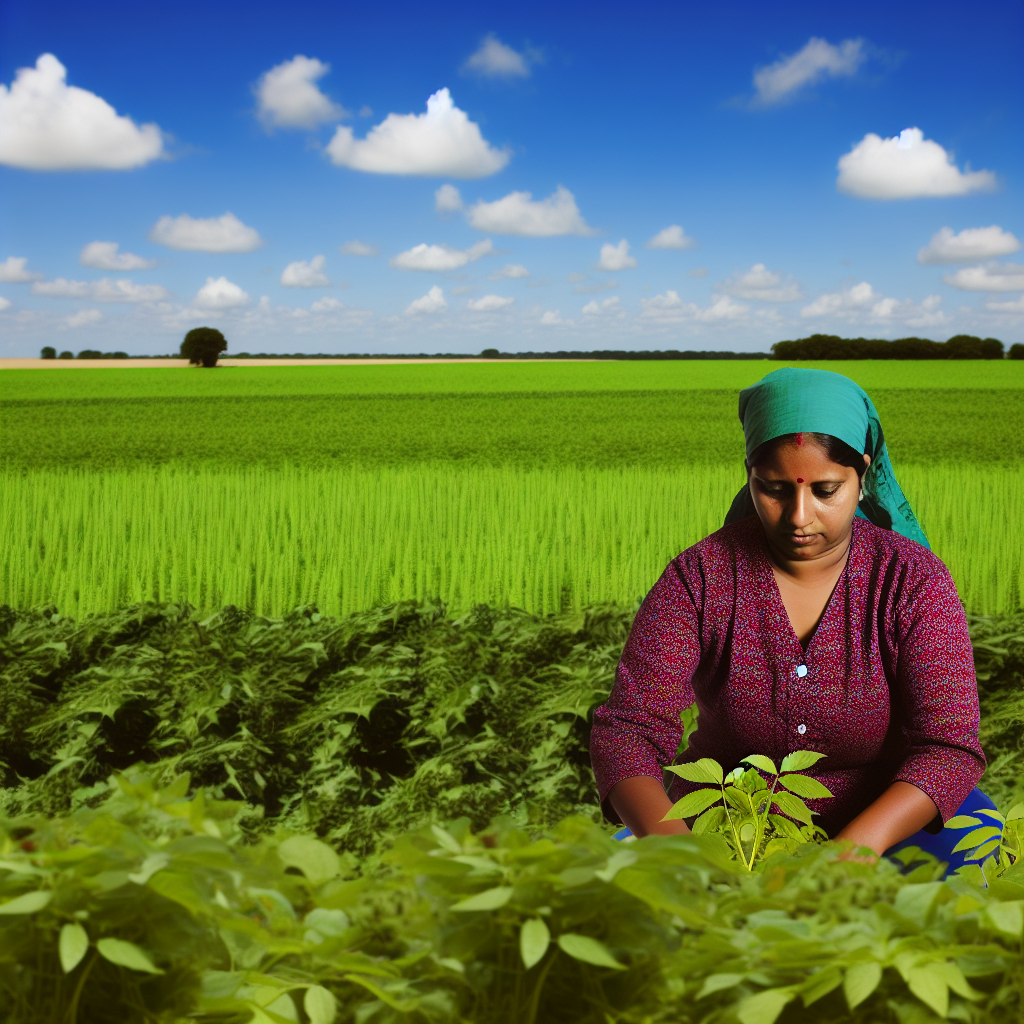
Cover Crop Mixtures: Benefits of Diversity
Enhancing Soil Health
Diverse cover crop mixtures significantly improve soil health.
They contribute to enhanced soil structure and fertility.
Furthermore, they increase organic matter content in the soil.
Improving Pest Management
A variety of cover crops helps manage pests effectively.
This diversity can disrupt pest life cycles.
Additionally, it promotes beneficial insect populations.
Boosting Nutrient Availability
Different species target various nutrients in the soil.
This practice maximizes nutrient availability for subsequent crops.
Moreover, some species, like legumes, fix nitrogen naturally.
Reducing Erosion
Diverse cover crops help prevent soil erosion.
Their varied root structures anchor the soil more effectively.
Showcase Your Farming Business
Publish your professional farming services profile on our blog for a one-time fee of $200 and reach a dedicated audience of farmers and agribusiness owners.
Publish Your ProfileThis protection is crucial during heavy rainfall or wind events.
Adapting to Climate Variability
Cover crop mixtures enhance resilience to climate variability.
Diverse species can thrive under different environmental conditions.
Consequently, they improve the overall stability of crop production.
Maximizing Biodiversity
Using a mix of cover crops promotes on-farm biodiversity.
This approach can enhance ecosystem services on the farm.
Moreover, it supports a wider range of wildlife habitats.
Delve into the Subject: Managing Organic Farms with Precision Agriculture
Cover Crops for Erosion Control
Understanding Erosion Control
Erosion control is essential for maintaining soil health.
This practice prevents the loss of topsoil during heavy rains.
Moreover, it ensures sustainable agricultural productivity.
Types of Cover Crops
Various cover crops help minimize soil erosion.
Legumes, such as clover, enrich the soil while controlling erosion.
Grasses, like rye, provide extensive root systems to anchor soil.
Brassicas can also be effective in breaking up compacted soil.
Techniques for Erosion Control
Implementing cover crops requires effective techniques.
Planting early in the season can maximize soil coverage.
Utilizing diverse species improves overall resilience against erosion.
Additionally, timely termination of cover crops is crucial.
Strategies for Effective Use
Adopting specific strategies helps in efficient erosion control.
Rotate cover crops annually to enhance soil health.
Integrating cover crops with crop rotation can be beneficial.
Monitor soil health regularly to assess the effectiveness of cover crops.
Challenges and Management
Despite their benefits, managing cover crops has challenges.
Proper timing of planting and termination can be complex.
In addition, farmers must consider regional climate variations.
Continuous education on cover crops is necessary for success.
Cover Crop Termination: Methods and Timing Considerations
Importance of Timing
Proper timing is essential for effective cover crop termination.
Early termination can prevent excessive weed growth.
However, waiting too long may affect soil health negatively.
Monitoring plant health helps determine the right moment.
Methods of Termination
Multiple methods exist for terminating cover crops.
Mechanical termination uses tillage or mowing.
Chemical termination employs herbicides for effective control.
Cover crops can also be terminated through grazing animals.
Each method has its own benefits and drawbacks.
Mechanical Termination Techniques
Mechanical methods are environmentally friendly and straightforward.
Tillage breaks up the plant and incorporates it into the soil.
Mowing cuts the plant and allows decomposition on the surface.
Use of roller-crimpers is another effective option.
Showcase Your Farming Business
Publish your professional farming services profile on our blog for a one-time fee of $200 and reach a dedicated audience of farmers and agribusiness owners.
Publish Your ProfileChemical Termination Process
Chemical termination offers quick results.
Applying herbicides before flowering ensures effective control.
Choose selective herbicides to minimize risks to desirable plants.
Consulting a professional can help determine the best chemical options.
Considerations for Effective Termination
Several factors influence the termination process.
Soyl moisture levels can impact termination timing.
Plant maturity is critical for maximizing benefits.
Weather conditions should also be considered before termination.
Testing Soil Health
Conducting soil tests helps assess nutrient levels.
Healthy soil supports better crop establishment after termination.
Soil tests provide guidelines for post-termination amendments.
Long-term Planning
Planning ahead ensures a successful cover crop system.
Integrate cover crops into the overall crop rotation strategy.
Consider cover crop residual effects on subsequent crops.
Approaching termination with a long-term view enhances benefits.
Additional Resources
While Crop Rotations Are Common, Cover Crops … – USDA ERS
Critical review of the impact of cover crops on soil properties …

